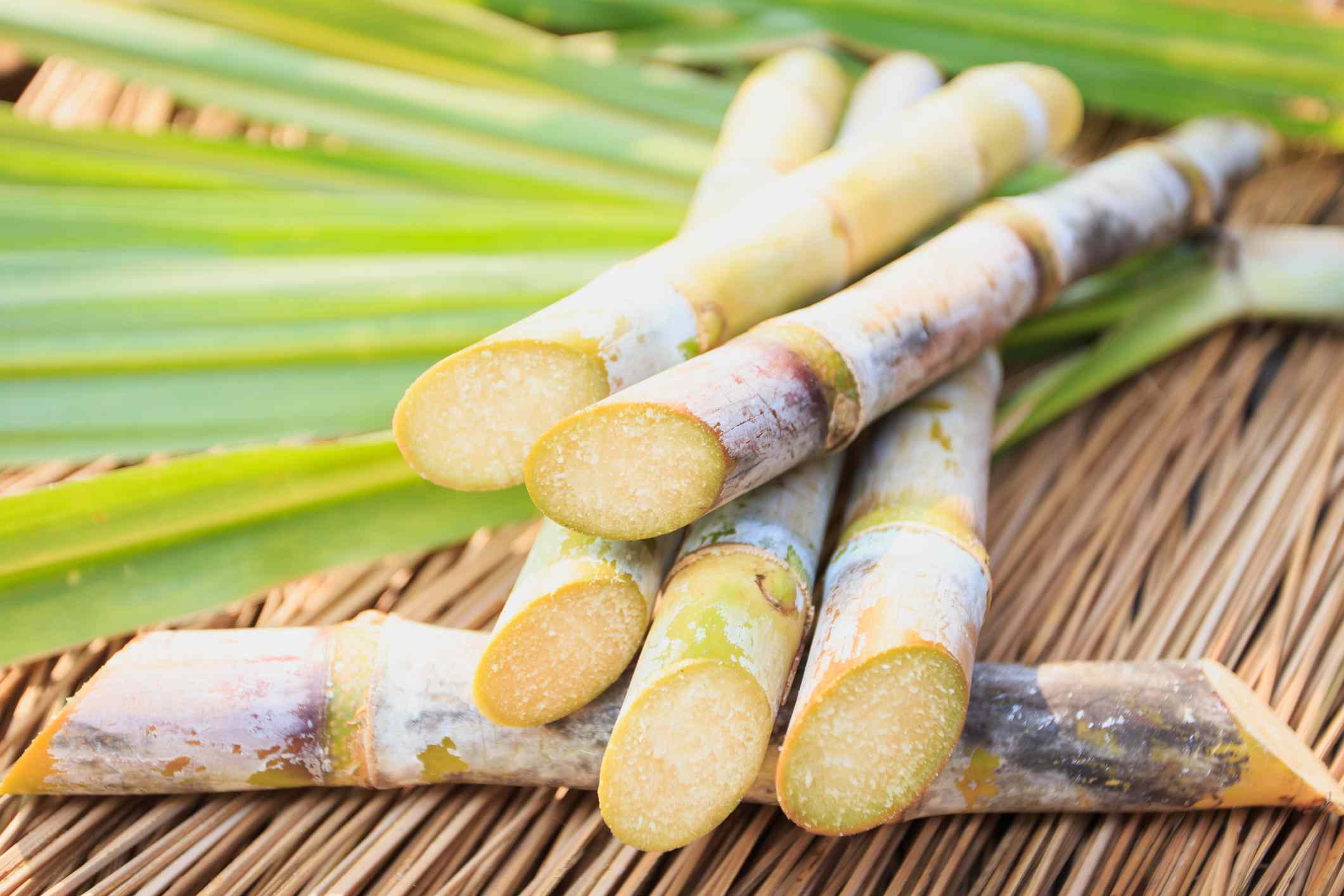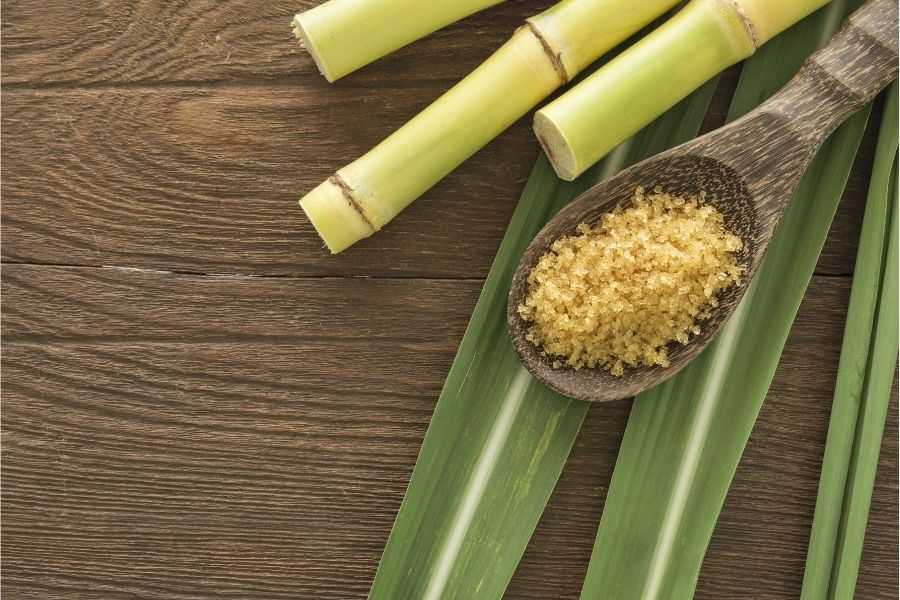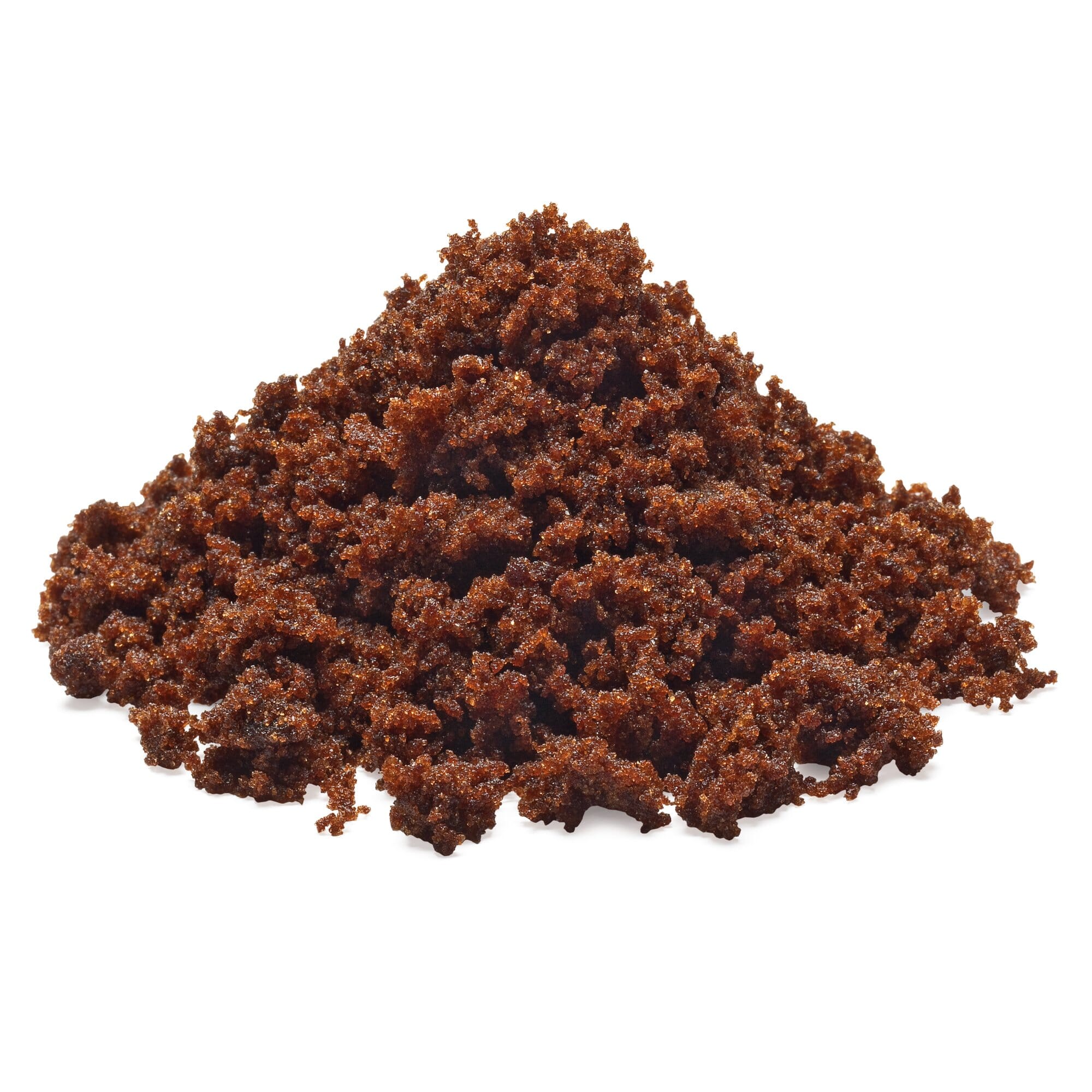Discovering the Comprehensive Tips Entailed in Walking Cane Sugar Processing From Collecting to Improvement
The process of walking stick sugar manufacturing includes a collection of intricate steps, beginning with the careful harvesting of sugarcane and culminating in the refinement stages that ensure the final product satisfies industry standards. Each phase, from the extraction of juice to the purification and crystallization procedures, plays a critical function in figuring out the top quality and character of the sugar.
Collecting Sugarcane
Gathering sugarcane is a crucial action in the walking stick sugar processing chain, as it directly affects the high quality and return of the end product. Proper timing and techniques are essential during this phase to make sure optimal sugar content and minimize losses. Commonly, sugarcane is harvested when it gets to maturation, usually 12 to 18 months after growing, characterized by a high sucrose concentration.

Post-harvest, the sugarcane must be processed quickly to stop sucrose destruction. Preferably, collected walking stick needs to be delivered to refining facilities within 24 hr to protect sugar quality. As a result, reliable logistical preparation is critical to keep the stability of the harvested plant throughout the supply chain.
Removal Process

The smashed cane undergoes a collection of pressing procedures to maximize juice healing. Typically, hot water is sprayed onto the crushed walking cane, producing a countercurrent flow that assists liquify the sugar while additionally aiding in the extraction procedure. The juice collected from this operation has not just sugar but also various organic substances and pollutants.

To enhance removal effectiveness, some centers may use diffusion methods, where the sugarcane is taken in warm water, permitting the soluble sugars to diffuse into the liquid. The resulting juice, abundant in sucrose, is then routed to succeeding handling stages, laying the structure for filtration and refinement. The extraction procedure is hence pivotal in determining the quality and yield of the final sugar item.
Purification Strategies
The purification methods used in walking cane sugar handling are crucial for transforming the raw juice into a high-quality sugar product. These methods mostly aim to remove impurities, such as soil, plant products, and inorganic substances, which can adversely impact the end product's flavor and color.
One of one of the most usual filtration techniques is explanation. This process involves including lime and warmth to the raw juice, which promotes the coagulation of impurities. The resulting important site precipitate is after that gotten rid of through sedimentation or filtration, producing a more clear juice. Furthermore, making use of phosphoric acid can improve the clarification process by further binding impurities.
Another significant method is carbonatation, where carbon dioxide is presented to the cleared up juice. This response creates calcium carbonate, which captures continuing to be pollutants and promotes their removal.
Additionally, activated carbon treatment might be applied to adsorb any kind of continuing to be colorants and natural contaminations, making certain a much more refined product. The mix of these techniques properly prepares the sugar juice for succeeding action in the refining procedure, setting the stage for the production of premium walking stick sugar.
Formation Methods
After the purification stage, the next vital step in walking stick sugar processing includes condensation methods, which play an essential function in changing the clarified juice right into strong sugar. This procedure usually uses two main methods: spontaneous formation and controlled formation.
In spontaneous condensation, supersaturated sugar remedies are allowed to cool down naturally, leading to the formation of sugar crystals over time. This technique allows for the uniform growth of sugar crystals and greater purity.
Throughout formation, the made clear juice is navigate to this site focused with evaporation, enhancing its sugar content till it reaches supersaturation. As soon as this factor is achieved, either method can facilitate the formation process. Cane Sugar Processing. The resultant sugar crystals are after that separated from the staying syrup with centrifugation
Inevitably, the choice of condensation technique affects the high quality, size, and pureness of the last sugar item, making this action necessary in the total walking stick sugar handling treatment.
Improvement and Packaging
Just how can the purity and top quality of walking cane sugar be even more improved after condensation? The improvement process plays a critical role in accomplishing high-quality cane sugar.
Following, the sugar undergoes a procedure called centrifugation, where it is spun at broadband to separate the purified sugar crystals from the remaining fluid. After centrifugation, the sugar is typically more refined through a technique called carbonization or phosphatation, which uses activated carbon or phosphoric acid to get rid of color and off-flavors.
Once improved, the sugar is dried to accomplish the desired wetness material, ensuring that it stays stable during storage space and transport. The final action includes product packaging the polished sugar in moisture-proof and airtight containers to keep its high quality and avoid contamination. Cane Sugar Processing. Appropriate product packaging not just extends service life but also promotes simple handling and distribution, making sure that customers obtain sugar that fulfills the highest criteria of pureness and top quality
Verdict
The thorough actions involved in walking stick sugar handling, from the meticulous harvesting of sugarcane these details to the detailed refinement and packaging phases, emphasize the value of each phase in ensuring premium sugar production. Optimal harvesting strategies, effective extraction approaches, and extensive filtration processes jointly add to the last product's purity and stability. The crystallization and succeeding packaging methods even more improve the honesty and life span of the sugar, highlighting the complexity and accuracy inherent in this vital farming industry.
The procedure of walking cane sugar production includes a series of detailed steps, beginning with the careful harvesting of sugarcane and finishing in the refinement stages that make certain the final item satisfies sector requirements. Preferably, gathered cane needs to be moved to processing centers within 24 hours to protect sugar quality.In spontaneous crystallization, supersaturated sugar solutions are enabled to cool down naturally, leading to the development of sugar crystals over time - Cane Sugar Processing. The improvement procedure plays a crucial duty in attaining premium cane sugar.The thorough actions involved in cane sugar handling, from the meticulous harvesting of sugarcane to the intricate improvement and product packaging stages, emphasize the importance of each phase in making certain premium sugar production